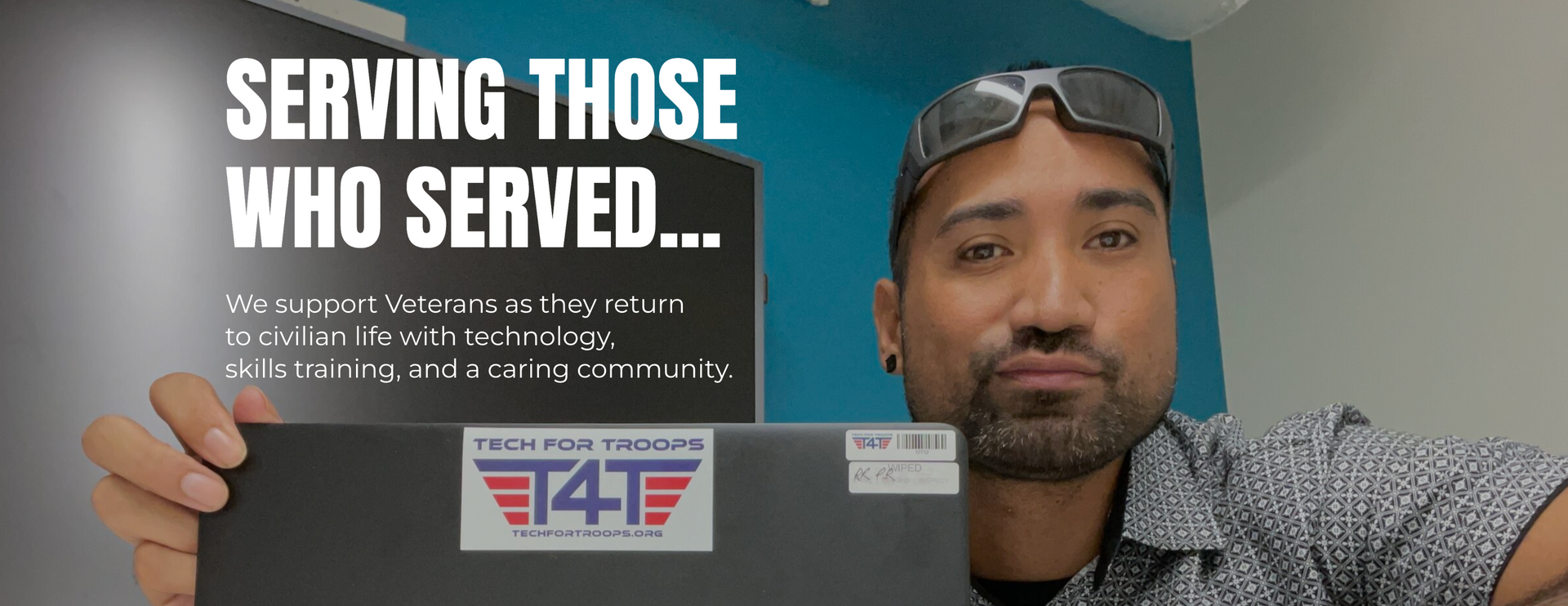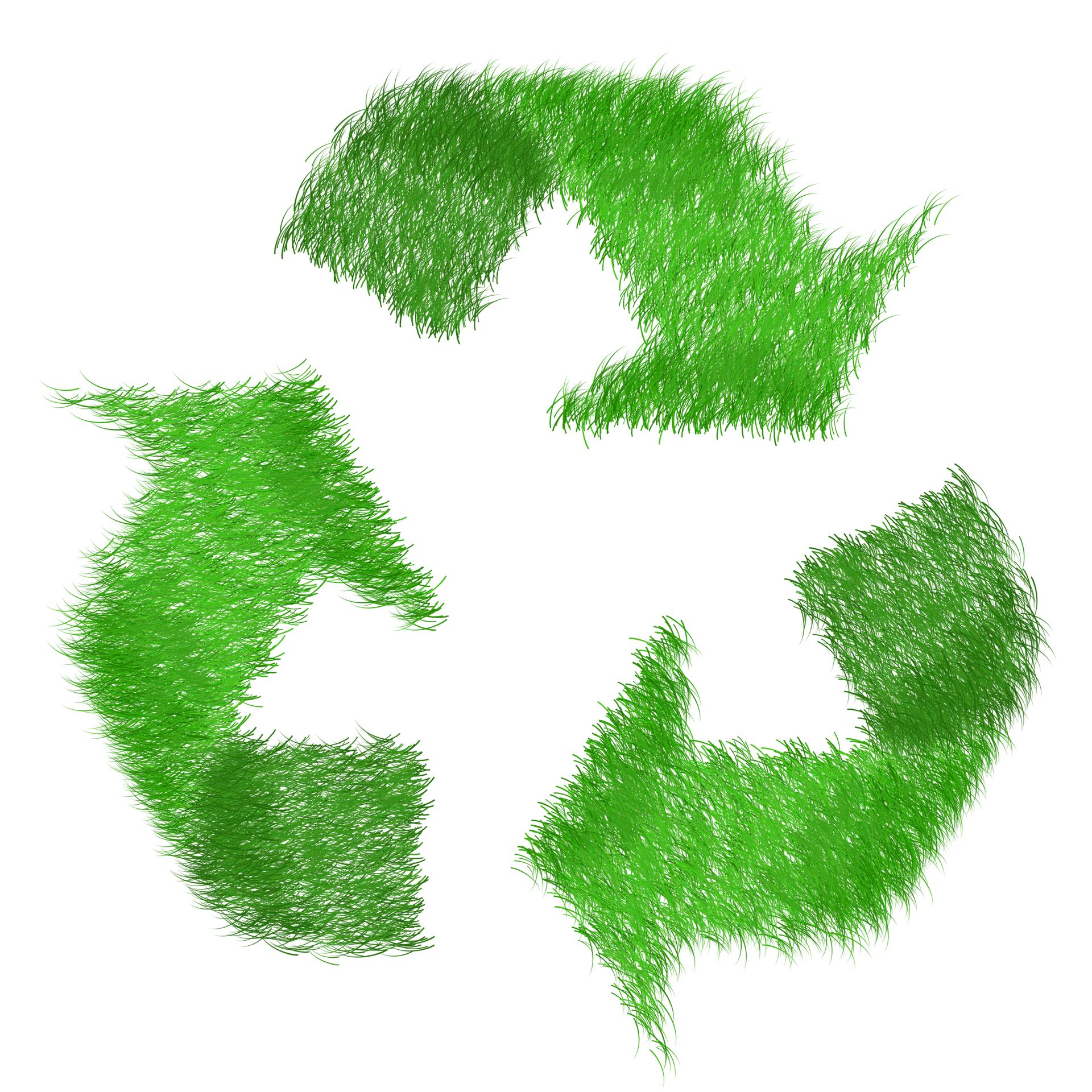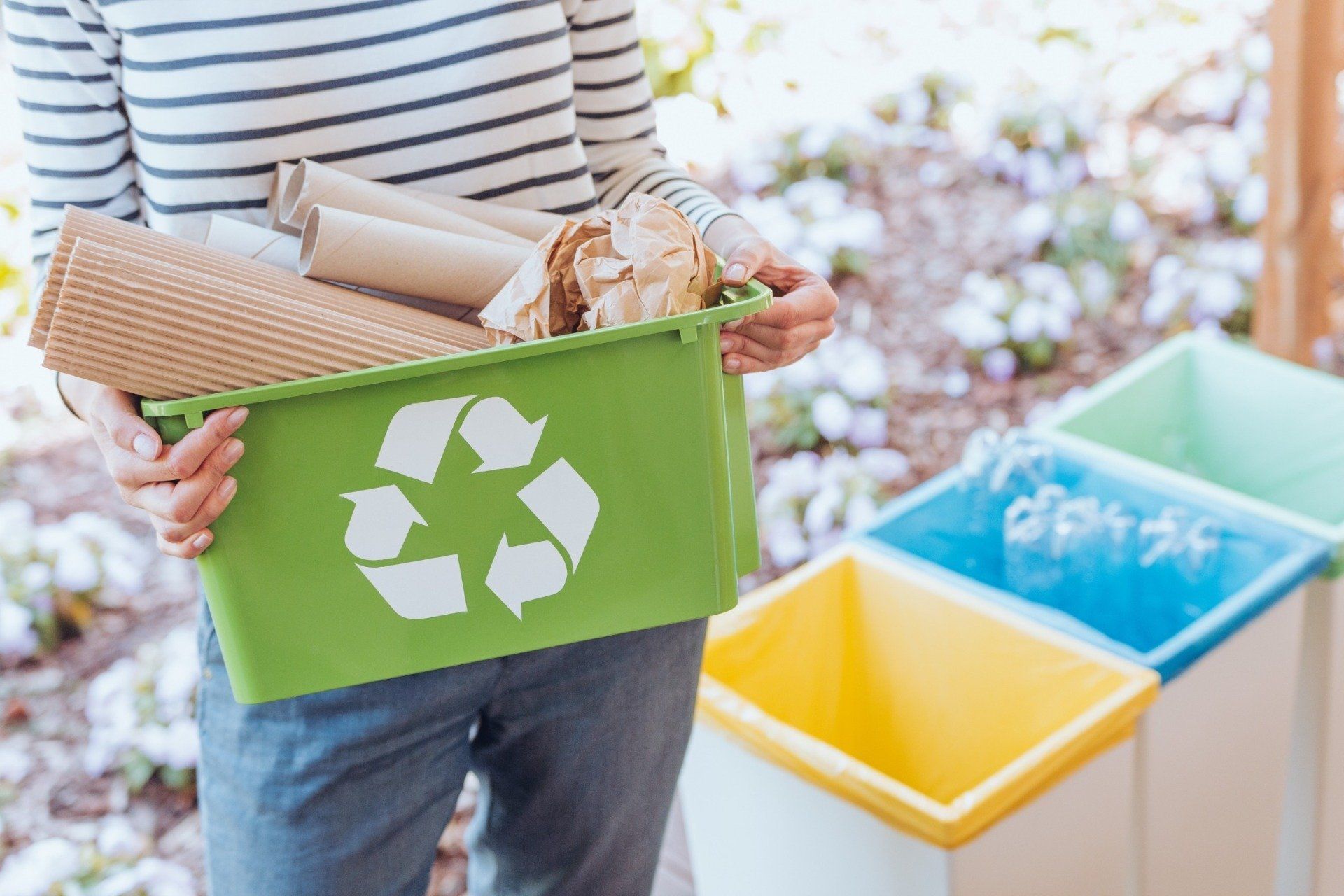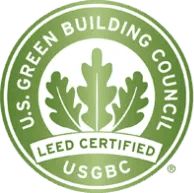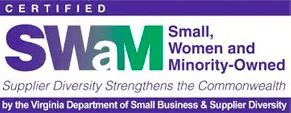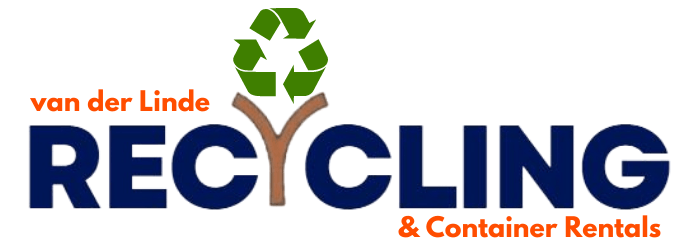

Open to the public (434) 589-1948
Achieving Excellence in Recycling: van der Linde Recycling's Certification Story in Virginia
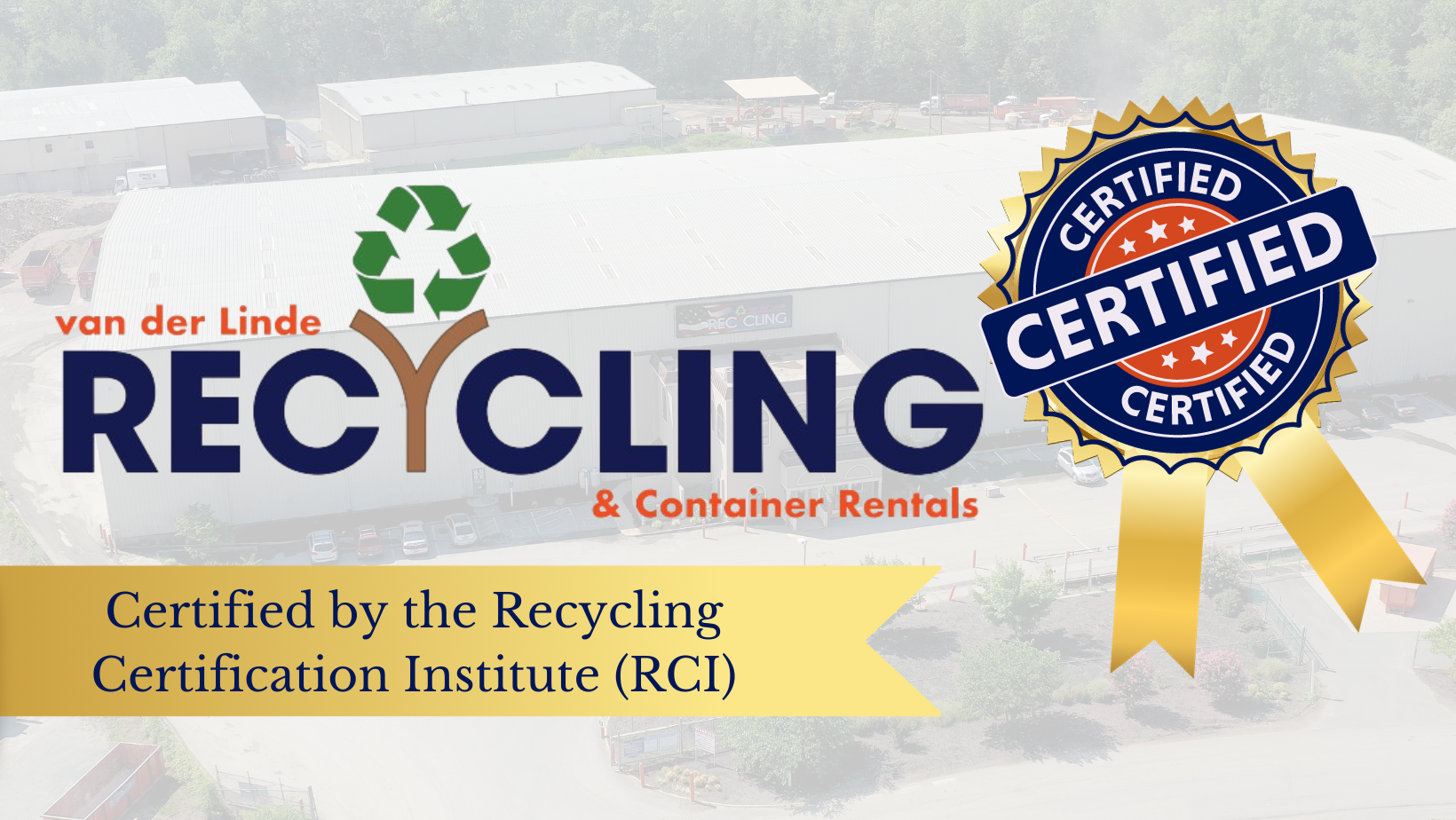
When van der Linde Recycling received our certification in September of 2022, we were the 23rd facility in the Nation to have this designation and only the 2nd in the state of Virginia. The journey to certify our facility started back in 2018 when we were looking for a way to increase our credibility in our community. The recycling industry is continually challenged with consumer doubts on whether material is actually recycled, and we wanted to rise above that. We wanted our customers to have confidence that if we say we recycle it, we do. What we didn’t know at the time was that not having a way to verify recycling diversion rates was impacting far more than our facility. To understand this better, we need to go back to August of 1998, when the USGBC (U.S. Green Building Council) adopted the first version of LEED certification (Leadership in Energy and Environmental Design), to promote environmentally conscious building projects.
In addition to requiring that buildings be designed for sustainability and reducing greenhouse gas emissions, LEED certification involves using sustainable materials and responsibly managing the project's waste material. Builders get points for each of the categories where they are able to conserve energy or reduce carbon impact. This includes what they recycle.
For the C&D (construction and demolition) recycling world, it was exciting to see builders be rewarded for recycling their waste material. This was also a boost for people in the C&D recycling business. Across the U.S., builders brought their material to recyclers and received LEED points for what they were able to divert. The higher the recycling rate, the more points the builders received. However, as in any system, especially a large national one like LEED, it invited the opportunity for misuse. There were contractors and recyclers who were saying that they were recovering far more than they actually did, so the project would receive the points they needed.
In 2008, Bill Turley, then Executive Director of the CDRA (Construction and Demolition Recycling Association), approached members of the Material & Resources Technical Assistance Group at the USGBC to talk about the abuse going on under LEED’s recycling credits. Both recognized that this was a big problem. The challenge was how to fix it. Bill brought the issue back to the CDRA board and they authorized the development of a program to certify recycling rates, called CORR, Certification of Recycling Rates. CORR was developed to ISO-level standards, the most widely used quality management standards in the U.S, and it is the only certification program for recycling rates that has been developed in such a stringent manner. This is why it is the only Certification program that USGBC recognizes. Around 2010 the RCI (Recycling Certification Institute), an independent auditing firm, opened its doors to administer the program.
The Path to Certification: van der Linde Recycling's Journey
The certification process takes about 18-24 months to complete. Facilities start by reporting at least 12 months of facility data, which includes the amount of material received and recovered. All data is verified against the facility scale records and with purchasers to confirm the amount of material received. There cannot be more than a 5% variance between any number reported and what the scale records and purchasers verify.
If you pass the scale audit, the physical audit of your facility is scheduled and every aspect of your facility is reviewed. This includes not only the overall operation of your facility, but also the review of DEQ (Department of Environmental Quality) inspection records, OSHA 300 (Occupational Safety and Health Administration), safety training and safety programs. Even after certification, facilities are required to report their recovery numbers monthly and can be subject to an audit at any time. The certification is not easy to get, and that is a big part of its value. It was intended to set facilities apart, and that is exactly what it does.
Deciding to become a certificated recycling facility was a big decision for us. In order to meet the reporting needs, we had to take a good look at our operation. The first task to tackle was upgrading our scale system. It was the beginning of 2020 and we were still using the same system we had since we opened in 2008. We took our time and set up the new system in a way that would better facilitate our reporting process.
We also adjusted our processes for receiving material in our C&D building and how we directed and reported material flow, especially with recovered material such as wood and concrete that was being relocated on our campus. The changes required the material to go across our scale so it could be weighed out of the processing facility and weighed into our production facility, prior to being transferred to our production yard. It took us almost a year to feel confident that we were ready to begin the certification process, and in January of 2021 we started reporting our numbers.
You might think that it would be easy and straightforward to report these numbers, but it was much different than what we were used to. We had always looked at our facility as a whole. It did not matter if the material came in as a mixed construction load and was dumped in our C&D processing building or if it was a clean load of broken concrete and dumped directly in our production yard for crushing, we always looked at it as incoming C&D material. This is also how the Virginia State DEQ annual report is structured.
The Recycling Certification Institute (RCI) looks at it differently. For example, our facility has a C&D processing facility, mixed C&D that is brought into our processing building is considered to be one material flow. The mixed material is sorted and recovered items such as concrete, brick and block are transferred to our production yard. Items such as wood, concrete, brick and block are transferred from the C&D building to the yard and are recorded as a separate material flow. We also dump “clean” loads (loads that contain only one material type and do not need to be sorted) directly on the yard. This is considered to be another material flow.
RCI looks at the concrete, brick and block as a separate “single” material flow because it did not come into our C&D building for separation. The single material flow also applies to our stumps, brush and logs. Accounting for these separate material flows required additional measures when the trucks weighed in at the scales to ensure that the incoming materials were categorized correctly. At the beginning, this all seemed confusing, but it is done this way so facilities who, for example, take in large quantities of clean concrete don’t over inflate their actual recovery numbers for mixed C&D.
Operational Excellence and Environmental Responsibility
We have had our certification for over a year and continue to report our numbers monthly. We can tell that the word is spreading, as we are hearing more of our customers ask about our certification, especially our contractors. Getting certified challenged us to really define our processes and know our numbers. We are also very aware that everything that we don’t recover shows on our monthly report. This is a huge motivator to continue to find ways to increase our recovery.
The USGBC sought to create a standard for builders who wanted to be recognized as leaders in energy and environmental design, and to reward them for recycling their construction waste. The CDRA sought to set and maintain a standard for the recycling industry. They accomplished this successfully with the establishment of the Recycling Certification Institute, providing confidence to customers and credibility to recyclers. Inadvertently, they have helped create a new standard for the construction recycling industry. This standard is now fully embraced by the USGBC and LEED program, and some states such as California are now requiring that all C&D processing facilities be certified. As the number of certified facilities grows, it goes a long way to improving our reputation as an industry. What we like best about being certified is that there are little or no discussions about the legitimacy of our recovery rate. The certification says it all.
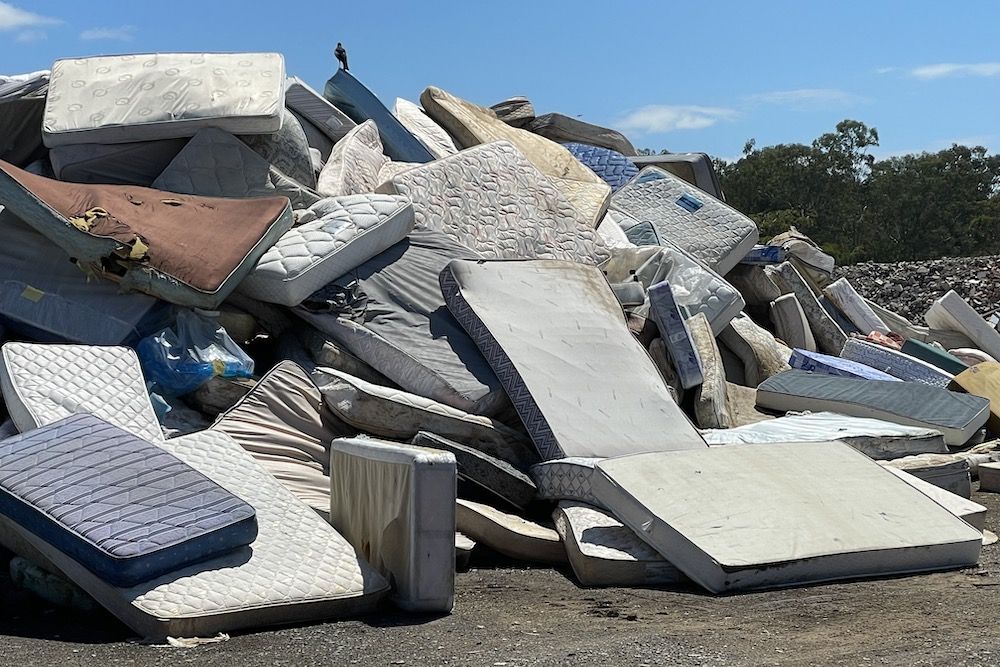

CONTACT US
^tap address for directions
© 2022 VAN DER LINDE RECYCLING & CONTAINER RENTALS
Website by FullDeckAgency.com

